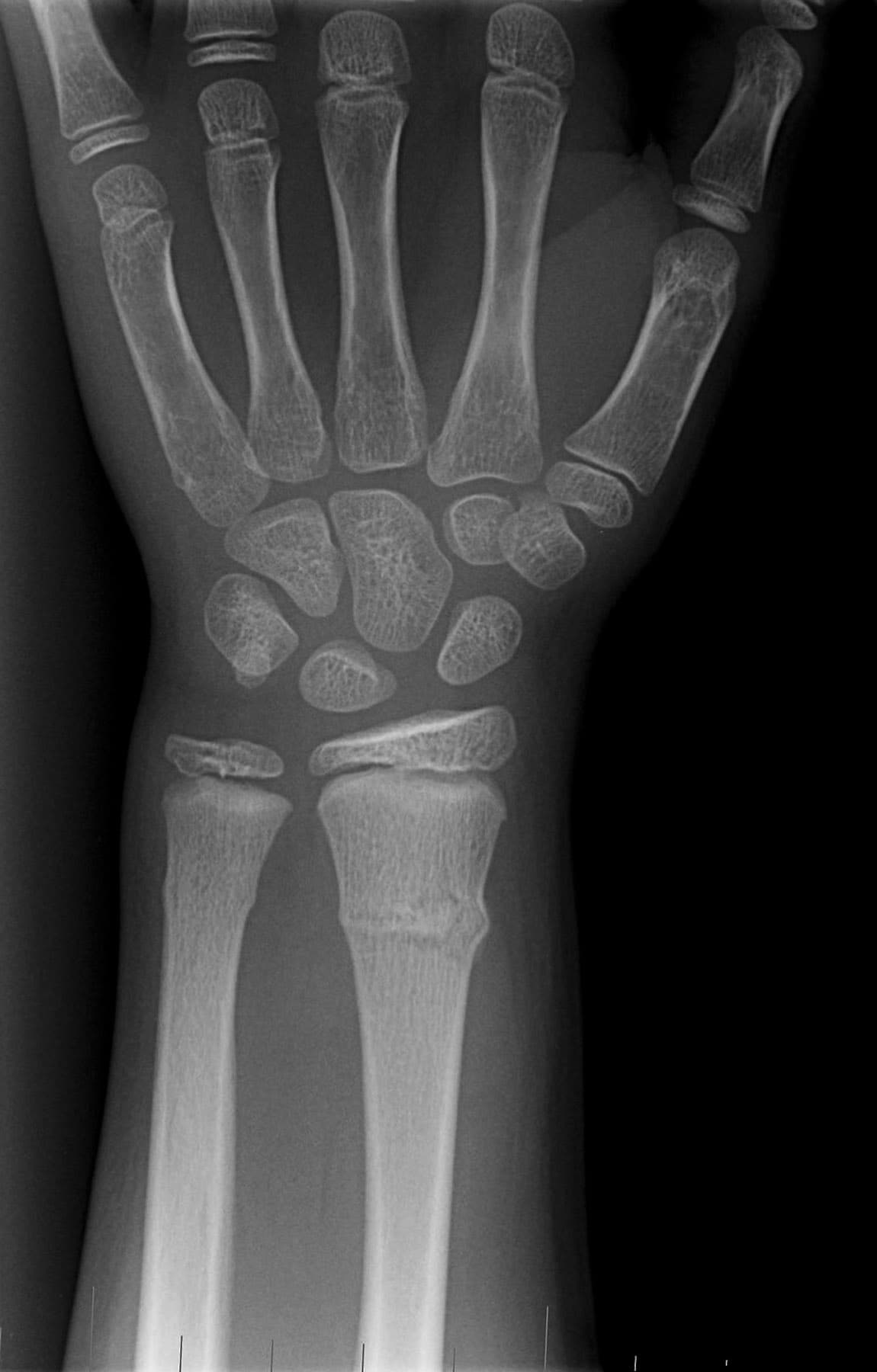“Hello,” I said cheerfully. “What brings you in here tonight?”
“Oh,” she said casually, as if it had just suddenly occurred to her, “I fell while I was roller blading.” Her voice was cute too, very high pitched and squeaky. She said it with a perky attitude like, “Oh, if you must know. It’s probably not even worth mentioning, but you asked.”
I knelt down in front of her and examined her knees very carefully. “Hmmm, yes, I see. Wow. Well, you know, I think we can take care of this. I can call a surgeon and well get you scheduled in. We’ll probably take them off right about here.” I made a slashing motion across her legs right above her knees.
She laughed and squealed, “No!”
“What? You don’t want us to take off your legs? Really? Then why are you here?”
“This!” she laughed and held out her arm in the sling.
“Ohhhhhhhhhh!” I nodded, because it was all so clear now. “So that’s why your arm is in a sling. Oh, I get it. Okay, so what happened to that?”
“I fell on it,” she giggled.
I got her to describe how she had landed, and to point out exactly where it hurt, but she assured me that it didn’t hurt very much at all. I made her go through all her ranges of movement with her wrist and elbow, and then poked and prodded and pinched and squeezed. “Does it hurt here?”
“Nope.”
“Does it hurt here?”
“Nope.”
“Does it hurt here?”
“Nope.”
“How about here?”
“Not really.”
“You know what? I’m not even going to ask you any more questions, because you’re too tough. You could probably be lying on the floor with your hand cut off and I’d ask, ‘Does it hurt’ and you’d say, “No, not really’.” I said the last part in a high, squeaky voice to illustrate how she would say it.
She just laughed at me. Her parents relaxed a little bit when I explained to them that she might have a small fracture but it didn’t look serious and we’d get some x-rays to see exactly what was going on.
For an adult I wouldn’t even have needed an x-ray, although in a civilian hospital I probably would have gotten one just because it’s expected. Since she was a child, though, I wanted to make sure there was no crack in the growth plate. In the ends of every bone in a child’s body is a thin plate of cartilage sandwiched between the end (epiphysis) and shaft (diaphysis). The area where it attaches is called the metaphysis. As the child grows the cartilage grows and gets longer and longer, while at the same time it is being replaced by bone which does not grow. At some point, usually in the teen years, the bone replacement catches up with the cartilage growth and then that limb stops growing. When this happens in all bones of the body the person has reached his or her full height. However, if the plate is damaged while the child is still growing this can cause the growth to be lopsided or deformed or even to stop altogether. Hence the reason I ordered an x-ray.
 As it turned out her growth plates were fine. The only damage was a torus fracture of the radius and ulna. Another characteristic of children’s bones is that they are softer and more flexible than an adult’s bones. Under stress they tend to bend and wrinkle rather than crack, somewhat analogous to the difference between a green twig and a dry stick. A torus fracture (also known as a buckle fracture) occurs when the outer layer of the bone, the cortex, wrinkles under pressure. It's pretty easy to see in this example from medscape. Follow the long bones up towards the wrist and you will see a buckle in each side of the bone. Hers looked very similar. She thought it was pretty cool that she could see it on the x-ray.
As it turned out her growth plates were fine. The only damage was a torus fracture of the radius and ulna. Another characteristic of children’s bones is that they are softer and more flexible than an adult’s bones. Under stress they tend to bend and wrinkle rather than crack, somewhat analogous to the difference between a green twig and a dry stick. A torus fracture (also known as a buckle fracture) occurs when the outer layer of the bone, the cortex, wrinkles under pressure. It's pretty easy to see in this example from medscape. Follow the long bones up towards the wrist and you will see a buckle in each side of the bone. Hers looked very similar. She thought it was pretty cool that she could see it on the x-ray.
So we put her in a short arm splint to immobilize the wrist and signed her up for an orthopedic consult a week later. She was still chatting it up with the nurse as she fitted the splint, and I just had to go in to watch. If only all my patients had a sense of humor like that.

No comments:
Post a Comment